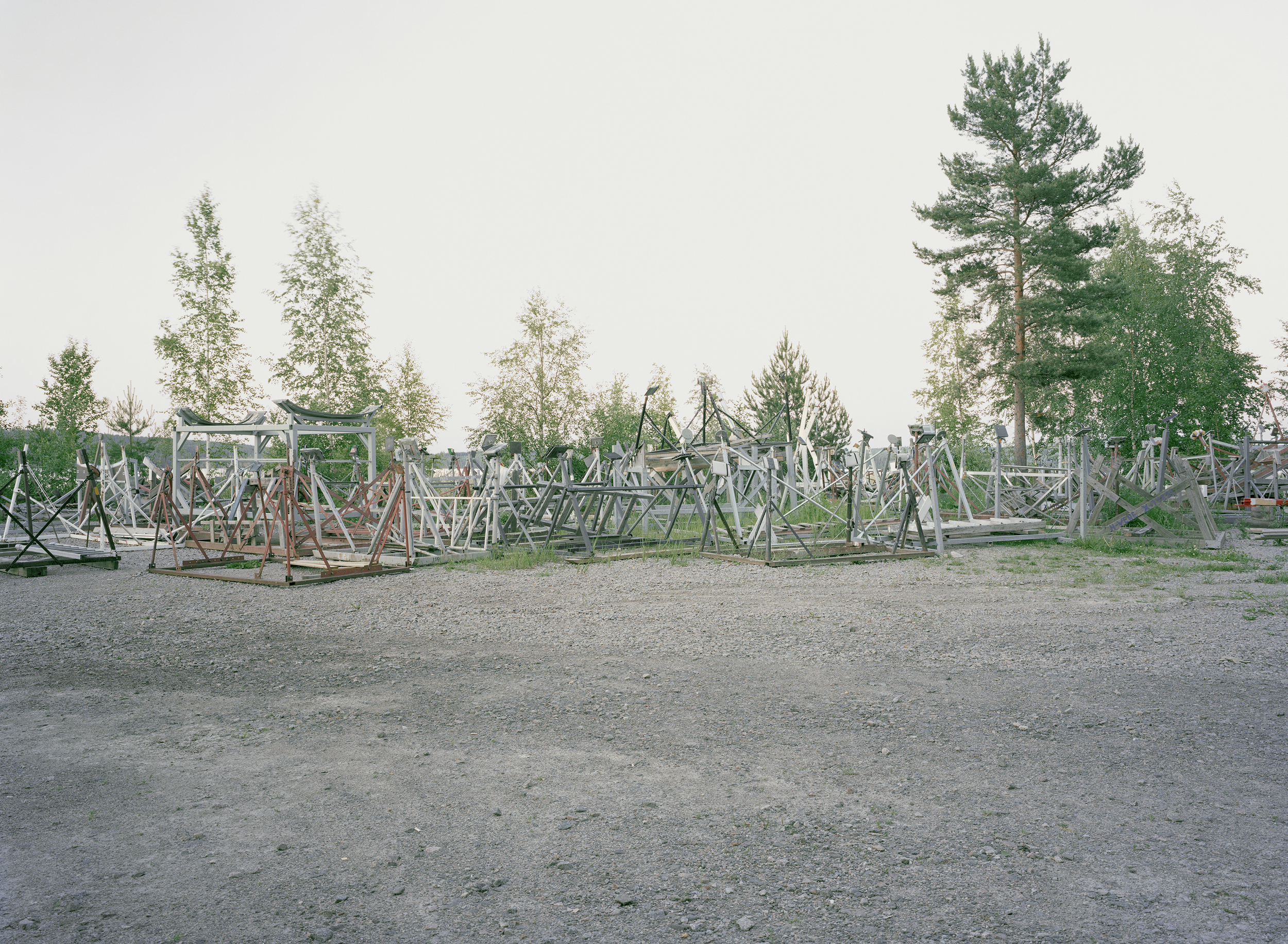Taken on the same day as the other
THIS IS NO FANTASY dianne tanzer + nicola stein, Melbourne
20 - 31 July 2013
Taken on the same day as the other photo provides a framework for ways of thinking about photographs as objects – collected, assembled, stored and subsequently retrieved. The means by which we encounter the physicality of photographs and their visual syntax has set up a specific language of taking and reading pictures. This work considers the spaces of association that may be created through specific objects and methods used for remembering.
Photo albums provide a structured manner by which to view the family photograph – first becoming popular with the advent of carte-de-vistas produced by professional studios in the late 1850s. These albums were often elaborately decorated with leather binding and presented in a public part of the home for guests to browse through. The album became a medium in itself – a device for the storage and transmission of information.
In this work, the 21 even pages presented in reverse order perform a visual sequence in layers of shapes and fragments that lay beneath each page as observed through the empty window pockets. Throughout the succession the depth and three-dimensionality of stacked pages is perceptible in the shadows and the repetition of illustrated elements. The pages repeatedly show deterioration: stained, sun bleached and foxed with moisture over time. Comparable to how Roland Barthes defines a material object as a photograph – in Camera Lucida, showing marks of history and signs that it belonged to a broader narrative in an album, handled repeatedly in pages that were turned while re-staging its narrative in various contexts.
The accompanying photograph, Boat stands, depicts a horizon of steel and wooden clutter as an overabundance of empty boat stands positioned on a shore lined with wild weeds, birch trees and monochrome dirt. This image was taken in mid summer, close to midnight when the night was day and the day almost night. These empty frames and stands await the missing fleet of boats that drift in the northern lakes during the summer months.
This new work highlights the ways in which Pluta utilises different mediums and diverse forms of imagery, which relate to and overlap each other in tradition, function and materiality. These sometimes eclectic groupings connote her conceptual interest in serendipitous encounters, the effects of time and how the photographic image operates as a vehicle for witnessing various states of ruin.
























